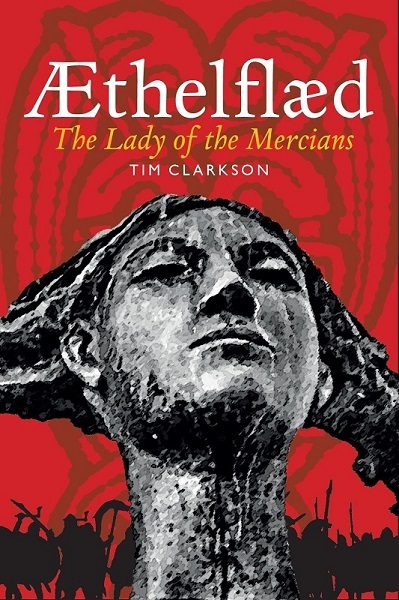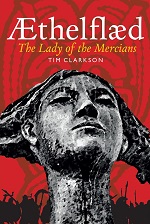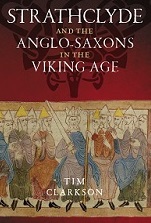
This year sees the 1100th anniversary of the death of Æthelflæd, the Lady of the Mercians, who died at Tamworth in Staffordshire on 12 June 918. Æthelflæd is one of the most important figures in early English history, yet her story is rarely told. Although she is remembered and commemorated in the areas she once ruled – the west midland counties of England – wider recognition of her achievements is sadly lacking. Many people hope that this will change in 2018.
Æthelflæd’s father was Alfred the Great, king of Wessex, whose long struggle against the Vikings was reported in the Anglo-Saxon Chronicle and other contemporary texts. While still in her teens, Æthelflæd became the wife of Alfred’s staunch ally Lord Æthelred of Mercia, a man who held the power of a king but not – as far as we can tell – a royal title. After Alfred’s death in 899, Æthelflæd and her husband maintained the Mercia-Wessex alliance. They joined her brother King Edward in recovering territories lost to the Danelaw – the eastern part of England that had been conquered by Viking armies. Lord Æthelred died in 911 but his authority passed to his widow who became known as the Lady of the Mercians (Old English: myrcna hlæfdige). Under her rule, Mercia recovered its former status as one of the major powers of Dark Age Britain. This was an era of kings and warlords, a period when female rulership and generalship were almost unheard-of, yet Æthelflæd proved herself adept in both roles. The final chapter of her story was equally remarkable: she was succeeded not by a man but by a woman – her daughter Ælfwynn who, if only for a brief time, ruled the Mercians as their new hlæfdige.
Commemorations of Æthelflæd are being held this year at Tamworth, Gloucester and other places closely associated with her. My own tribute takes the form of a biography, to be published by Birlinn of Edinburgh in the summer. It will be my seventh book and the first to focus on events outside Scotland. Although this might seem like a departure from my usual track, it actually brings me closer to my roots as a native of Mercia. In any case, Æthelflæd’s story is connected to the northern regions I have previously written about, not least because of a tradition that she forged an alliance with the Scots and Strathclyde Britons
Updates on my book will appear on this blog in the next few months. In the meantime, here’s a preview of the cover. It shows an image of Æthelflæd from a public artwork at Runcorn in Cheshire, one of the places where she established a burh or fortified settlement in the early years of the tenth century.

* * * * *
The picture at the top of this blogpost shows Æthelflæd wearing a crown and holding a sword. It appears in a stained-glass window at Worcester Cathedral (photo by B. Keeling)
* * * * * * *





Very, very excited to read this book! She’s on my list to write historical fiction about someday!
LikeLike
Thanks Nicole. Her story certainly has plenty of scope for a historical novel (and, as we’ve seen with The Last Kingdom, as a plotline for a TV sceenplay). In fact I reckon there are currently more novels about her than actual biographies.
LikeLike
Looks like I have competition with your biography. I jest, its good to have more than one. I’m planning on attending the commemorations in Tamworth in June.
LikeLike
Hello Joanna. I enjoyed reading your book and have cited it in mine. The two have different approaches and complement each other to some extent. There’s also another biography coming out this summer, written by Margaret C. Jones with the title ‘Founder, Fighter, Saxon Queen’.
LikeLike
Pingback: 2018: Aethelflaed’s Year – The History Lady